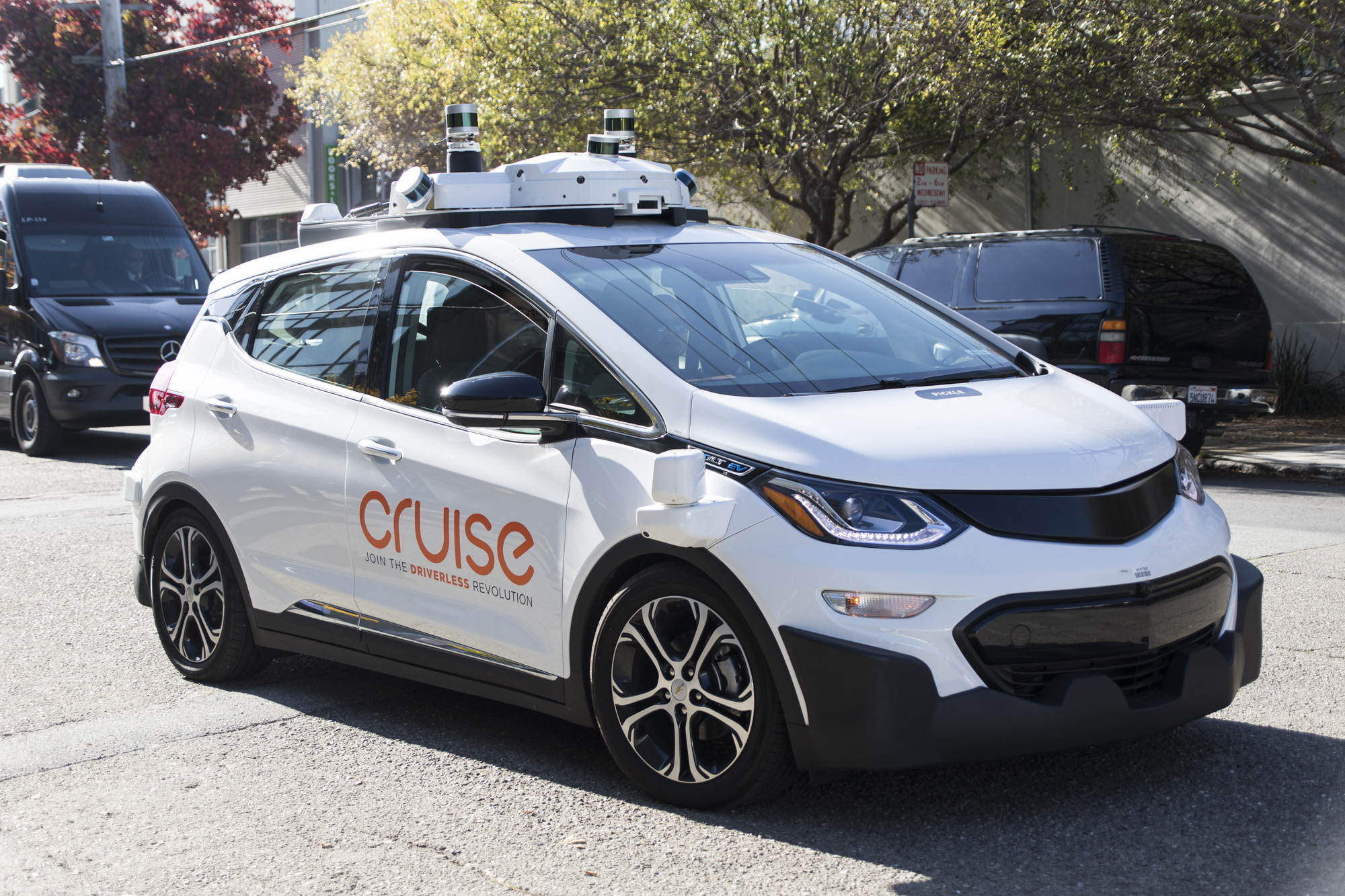Midpack
Give me a museum and I'll fill it. (Picasso) Give me a forum ...
I’m not sure I agree that relative safety will ultimately block adoption of level 5 cars IF they prove to prevent 90% of accidents, as was the original mission of many self driving car programs.Anecdotal info - A friend's son is an engineer working on self-driving cars for a major corporation. He reports that there was quite a bit of initial progress but getting the rest of the way there has been very discouraging. Apparently a very big issue is that society is willing to allow a level of error from individual drivers - lawsuits, if any, are limited to those involved. An error by a self driving car exposes the whole corporation to legal action. Consequently, self driving parameters need to be set on the "safe side", which makes the experience of riding in a self-driving car frustrating for occupants - 10 mph on residential streets.
I think “getting the rest of the way” is the overriding barrier, and doing so cost effectively. I still believe we’ll have level 5 cars, but it’s going to take much longer to handle those last details. No matter how good an autonomous cars vision and “intelligence” is, there’s no end to the variations in environment (missing/vandalized road markings, signs, etc., construction zones) and other moving objects (cars and people acting unpredictably). It’s great that AI will almost immediately help other cars deal with new situations, there will be some failures when each new situation is encountered.
Ironically, we’d probably get there quicker is all cars were replaced at once so all cars would be predictable - though that won’t happen. The period when human operated and computer operated cars coexist on roadways, will be more difficult.


